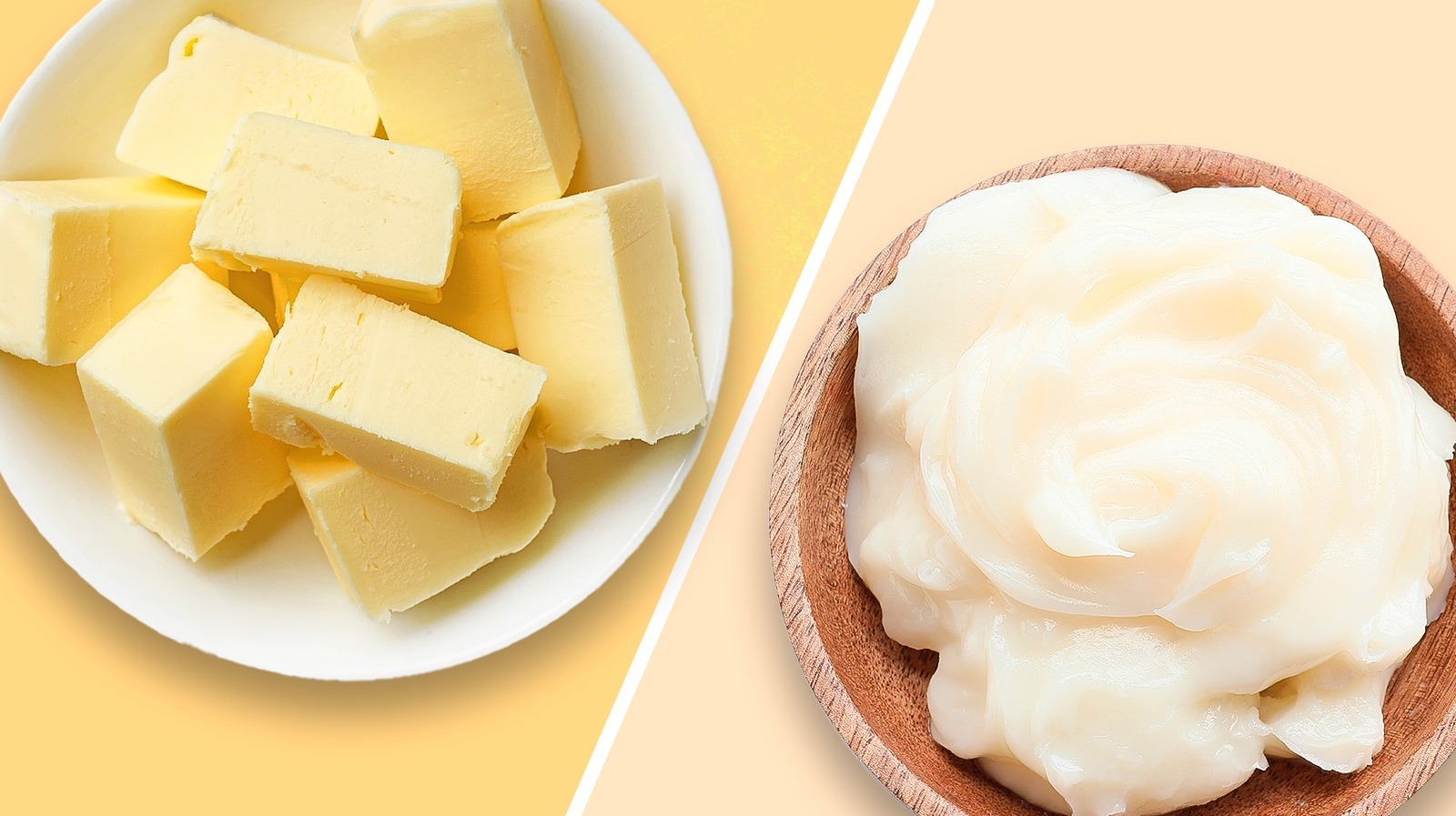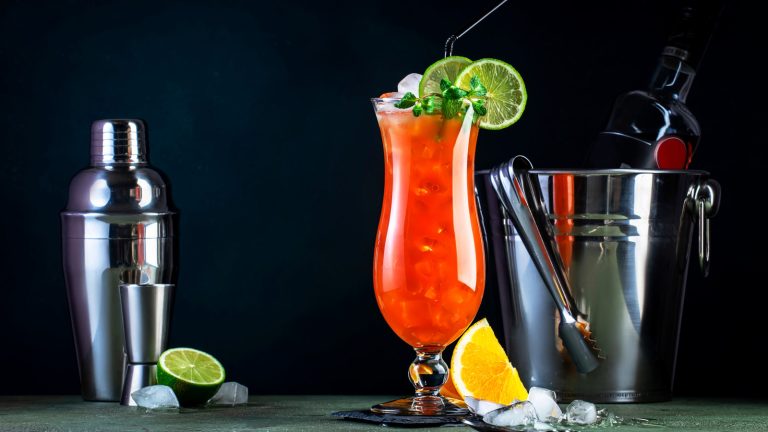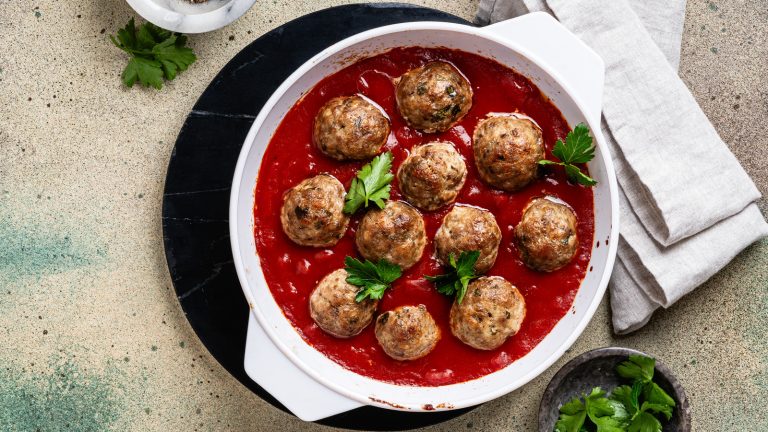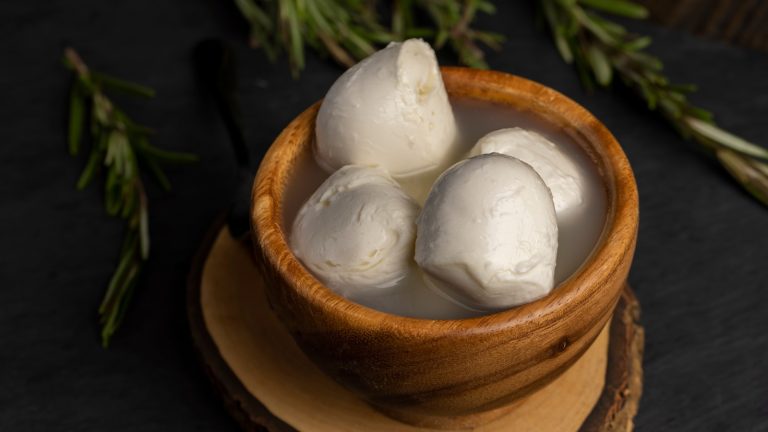There’s a saying that “everything old is new again,” and that’s certainly true in the food world. We’re constantly re-discovering things that were familiar to our grandparents or our ancestors and running with them (think of the pandemic, for example, when everyone suddenly had a sourdough starter). A current example is beef tallow, which is suddenly a hot commodity on social media.
There are a couple of reasons for this. The keto and paleo enthusiasts have always been onside with meat-derived fats, and more recently the criticism of seed oils gave an extra push to people who are “animal-fat curious” (for the record, the criticisms of seed oils aren’t well supported by science).
As a trained chef and former restaurateur, I appreciate the added dimensions the right fat can bring to a dish, and I’ve rendered lard, tallow, and duck fat for my own use (I have a mason jar of tallow in my fridge right now, in fact). Some go so far as to say that tallow is better than butter. I think they’re both great when used appropriately; some foods shouldn’t use beef tallow at all, while others are slam-dunks. Let’s dig in.
Is beef tallow better than butter?
“Better” is a subjective term. Objectively, tallow and butter are different, and each has its pros and cons. Tallow is a pure fat, for example, while butter contains water and milk solids, which affect its qualities as a cooking fat. That purity makes tallow an excellent choice for high-temperature cooking. Butter’s milk solids, on the other hand, will scorch and become bitter at high temperatures. Clarified butter (or ghee) avoids this, but you’d need to clarify the butter before you use it, and that’s an extra step.
Flavor is another point of difference. Tallow ranges from fairly neutral to quite beefy, but it always has an identifiably “meaty” quality. Butter has a more delicate flavor, and cultured butter has a tang that makes it excellent in baking and for table use. Tallow keeps longer at room temperature, while butter (especially unsalted butter) rapidly becomes rancid.
Nutritionally, both of them have positives and negatives. Butter is more nutritious than you might think, with a range of vitamins and minerals along with the fat. Tallow is a source of choline, vitamin A, and vitamin D. Both are high in saturated fat, which has well-documented negative impacts on your health (though tallow, surprisingly, has almost as much unsaturated as saturated fat). So there’s no hard and fast answer to the question of which is better, and it mostly comes down to personal preference and usage.
Looking at the key questions surrounding beef tallow
Overall, the jury’s out on whether or not beef tallow can be considered healthy. Broadly speaking, saturated fats are bad for you, but if you keep your consumption low (the American Heart Association says 6% per day or less), it shouldn’t be a huge concern. Also, tallow contains fatty acids (specifically, stearic acid and conjugated linoleic acid), which may be outright beneficial.
Beef tallow is made by rendering suet, the hard fat surrounding the kidneys and other organs. You can render and use other beef fat, but its cooking qualities and nutritional profile will be different. You can also find grass-fed or Wagyu beef tallow on the market, but meaningful research is thin on the ground regarding whether or not the nutritional quality differs from regular beef tallow.
As far as flavor goes, the secret to mild-tasting tallow is low temperatures. The higher the temperature, the beefier it gets (it’s a common mistake people make with tallow). My grandmother’s 1940s-vintage cookbook suggests simmering it in milk, then removing it after it hardens, for the mildest-tasting result. I just use my slow cooker.
Use tallow for the best french fries
This is one of those slam-dunk uses I spoke about earlier. A high-temperature fat is always the best choice for frying, and beef tallow in particular is the traditional choice for fries.
It used to be the standard choice in the deep fryers of the continent’s restaurants, but during the ’70s and ’80s, it became an unpopular option. The trend at the time was firmly against saturated fats and in favor of vegetable oil, and most restaurants went along with what their customers wanted. Even McDonald’s succumbed to the trend in the 1990s, switching to vegetable oils. Now the shoe is on the other foot, and tallow is on the rise again.
When you’re out and looking for a bite to eat, many chains still serve beef tallow fries, including Popeyes, Smashburger, and Buffalo Wild Wings, and Steak & Shake switched to tallow in early 2025. Home cooks can use tallow to make really outstanding fries through the traditional double-fried (or even triple-fried) technique, or you can toss your frozen french fries with beef tallow before you throw them in the oven (or air fryer) as a quick, easy upgrade. That little hint of meaty richness makes them even better with your burger.
Sear your steaks in beef tallow
It’s no secret that browning meat adds flavor. Your granny might not have known about “umami” or “Maillard reactions,” but she knew that anyway. In fact (and some will consider this to be heresy), I’ll often fire up a cast-iron pan for a steak, rather than the grill. The pan gives the whole exterior a gloriously even, edge-to-edge sear, so you get more of that deeply-browned goodness than you would with a grill (you can still use the reverse sear or sous vide technique first, if you wish).
A classic cast iron skillet (or its lighter cousin, carbon steel) is the best type of pan for searing steak. Nonstick just won’t cut it, because preheating is key for a perfectly seared steak, and nonstick coatings really don’t like that. Cast iron takes a while to heat up (like charging a battery), but then it holds onto the heat really well.
Obviously, you need a fat that can handle this kind of heat without smoking and breaking down, and tallow takes it like a champ. Preheat your pan until it’s way hot, then add a spoonful of tallow and swirl it to coat the pan before laying your steak into it. The end result will be a steak with a hard sear from edge to edge, and an added, subtly beefy richness from the tallow.
Finish your steaks with butter
That said, there’s a really good case to be made for using butter with your steaks, as well. It won’t handle high-heat searing, so you’ll want oil (or clarified butter, which stands up well to heat) to do that part. Butter comes in when it’s time to finish your steak.
It’s a simple technique, and one that professional chefs use a lot with steaks or even seafood. With your steak still in the pan, add a generous spoonful of butter and maybe sturdy herbs like rosemary or a halved garlic clove. Now tip the pan, so the butter runs down into the bottom corner, and baste that steak with the butter, over and over again. The butter takes on a nutty flavor as it browns, as well as the flavors of the herbs, and it gives the steak an outstanding crust.
Then, when you lift the steak out to rest on a plate or cutting board, you can use the butter — now richly flavored with beef drippings and herbs — as the base for a butter-based pan sauce. It’s a seriously “chef-y” way to upgrade your meal. Don’t get me wrong, tallow is great as a base for gravy, but butter is the superior option for most other sauces.
Bind the rub to your meats with beef tallow
A lot of great recipes start by coating your meat with a dry rub. It’s a standard starting point for traditional barbecue, for example, as a way to dial up the flavor on your ribs, brisket, or pork shoulder before you put it in the smoker. It’s not just for barbecue, though. A good rub can really elevate your prime rib with a flavorful crust, for example.
The thing is, something has to hold those spices onto the meat before and during cooking. Barbecue rubs often call for mustard as a medium for that, because its moisture helps it cling to the meat. Some recipes use oil. But using beef tallow as a binder to hold the spices and herbs in place on your meat also makes a lot of sense. A lot of flavor molecules are fat-soluble (that’s why we chefs like to say that “fat=flavor”), so it’s an efficient way not just to keep your spices in place physically, but to help them impart flavor to the meat. Just rub a light coat over the meat, then add your spices.
Tallow is a natural fit for beef roasts and pot roasts, and even for barbecue brisket (especially if your butcher’s been overzealous in trimming the brisket’s own fat). It’s understated enough that you can use it with pork or even poultry as well, because its subtle beefiness is hidden under the spices and the bird’s own flavor.
Fry your chicken in tallow
Here’s a less-obvious use than frying your french fries in tallow: All of the same virtues that make it great with fries make it great with chicken as well. You want the fat in your chicken fryer to reach a fairly high temperature before you put in your chicken pieces, because you won’t get “just the right scald” (as they say in parts of the South) if the fat cools too quickly when you add the chicken pieces.
Tallow is really good at this because it’s stable at high temperatures. Although it has a greater or lesser hint of beefiness, depending on the batch and the supplier, in practice, it doesn’t register as “meaty” when the chicken is done. It just adds a subtle savoriness to the chicken’s coating as it cooks, and helps it become crisp and golden. That’s exactly what you’re looking for.
If you’re dubious about the idea of cooking chicken in beef fat, well … Buffalo Wild Wings uses tallow for its frying, and so does Popeye’s. If it’s good enough for those two super-popular chicken chains, it’s gotta be good enough for home use as well.
Stick with butter for delicate seafood
That said, tallow isn’t your best choice across the board as a cooking fat. That’s because its subtle meatiness works well with steaks, roasts, and even fried chicken, but not so well with more delicate proteins.
For me, the leading example is seafood. For delicate white fish, and especially for crustaceans like crab, lobster, and shrimp, tallow is just plain too heavy to be your first choice. That’s why chefs like me typically use butter for those. In a classic, authentic sole meuniere, for example, butter and lemon make a perfectly balanced complement to the delicate taste of the flatfish. You can also infuse the butter with other flavors (Julia Child used shells from her shellfish) to make it an even better option.
This isn’t to say you can never use tallow with seafood. If you’re shooting for old-school fish and chips, you’re fine to drop the battered fillets in the same pot of tallow you used for your fries. I might even give tallow a shot with fried oysters, where its high-heat performance is crucial (oysters need to be cooked quickly). As with fried chicken, it should just add richness to the crisp coating without overpowering the oysters inside.
Use beef tallow to pop (but not drizzle) your popcorn
Here’s a fun one that wouldn’t occur to most people: Upgrade your popcorn by popping it in beef tallow. Yeah, that’s right.
If you think about it, it makes perfect sense. You need a fat that stands up to high heat (check!) even in a pan or pot that’s preheating without food already in it (check!). Yes, it adds a hint of a savory, meaty richness that you won’t normally find in popcorn, but that’s not a bad thing. In fact, if you keep a few shakers of store-bought popcorn seasonings on hand to liven up your movie nights (my grandkids always have a few on hand), you’ll find that tallow brings a subtle, silky savoriness that elevates your favorites.
I’ll add a couple of cautions here. For one thing, you probably won’t want to drizzle your popcorn with melted tallow unless you’re a fanatic for meatiness. Butter is the clear winner on that front. Also, you should probably skip the tallow if you’re making caramel corn or old-fashioned popcorn balls, because it won’t play as nicely with sweet flavors.
Beef tallow makes a great crust for savory pies
If you want to start a heated debate among pie-makers, just ask which kind of fat makes the best crust. You’ll find out quickly that it’s a subject that stirs up strong feelings, with butter, lard, and shortening all having their advocates.
For the record, I’m in the “usually butter” camp, which isn’t about whether butter or shortening makes a flakier crust. I’m also very much aware that lard makes a really great crust. I can make a good crust with any of them, but I like the flavor of butter, and it’s the only one of the three that I always have on hand, so that’s what I use. That said, tallow is an excellent choice for pie crust, and almost everything you could say in favor of lard applies to tallow as well.
I really like home-rendered tallow or lard for savory pies, where their richness and meatiness represent a real upgrade (commercial lard is flavorless by design, so this doesn’t apply). You can use it for pies in a pan or hand-held pies and pasties, which are great for meals on the go. If you’re keen to experiment with tallow in dessert pies, I’d suggest bold-flavored fruit pies rather than the cream-filled or custard kind.
Stick with butter for most dessert pies and pastries
On the whole, even if you’ve taken pains to keep your tallow as mild-flavored as possible, I still feel that butter remains the undisputed champion as the fat of choice for most pastries and sweet pies.
There are a couple of reasons for this. First and foremost is flavor. Butter provides such an important, foundational flavor in so many baked goods, from shortbread cookies to classic croissants, that there really isn’t a great substitute for it. I’ll grant you that industrial bakeries use shortening or specialized margarine for a lot of their doughs, but that’s for cost reasons. If you’ve ever tasted a hand-made, all-butter croissant side by side with a commercial, factory-made product, there’s simply no comparison.
By all means, if you’re committed to tallow, play around and find places where it works. Off the top of my head, I’d suggest cookies (I’ve used chicken and duck fat successfully in those), or spice-forward cakes where the savory note can be concealed. If you simply struggle with butter in your pastry, that’s a whole other thing. Maybe try this easy butter method for flaky pie crust, which is essentially how I make mine. Using lower-gluten cake or pastry flour also helps a lot, while you’re refining your pie-making technique.
Try frying your breakfast in beef tallow
Does your breakfast routine start with a frying pan? If so, this is another less-obvious time to pull out the beef tallow. The old-school option here was a mug of saved-up bacon fat beside the stove (my mom always did that when I was growing up), but tallow is a worthy substitute.
Let’s start with the eggs. Frying your eggs in beef tallow gives them a wonderful added sense of richness, without overwhelming their essential “egginess.” They’re the same as ever, only somehow more so. Tallow is even better for your hash browns, partly — again — for its high-heat performance, which helps them crisp and brown beautifully, and partly for the same added richness.
It’s not that bacon fat, oil, or butter aren’t good for frying your eggs and potatoes. Of course they are, that’s why we’ve used them for so many years. But beef tallow brings something different to your plate, and it’s definitely worth a try once you’ve bought some or made some to keep on hand.





